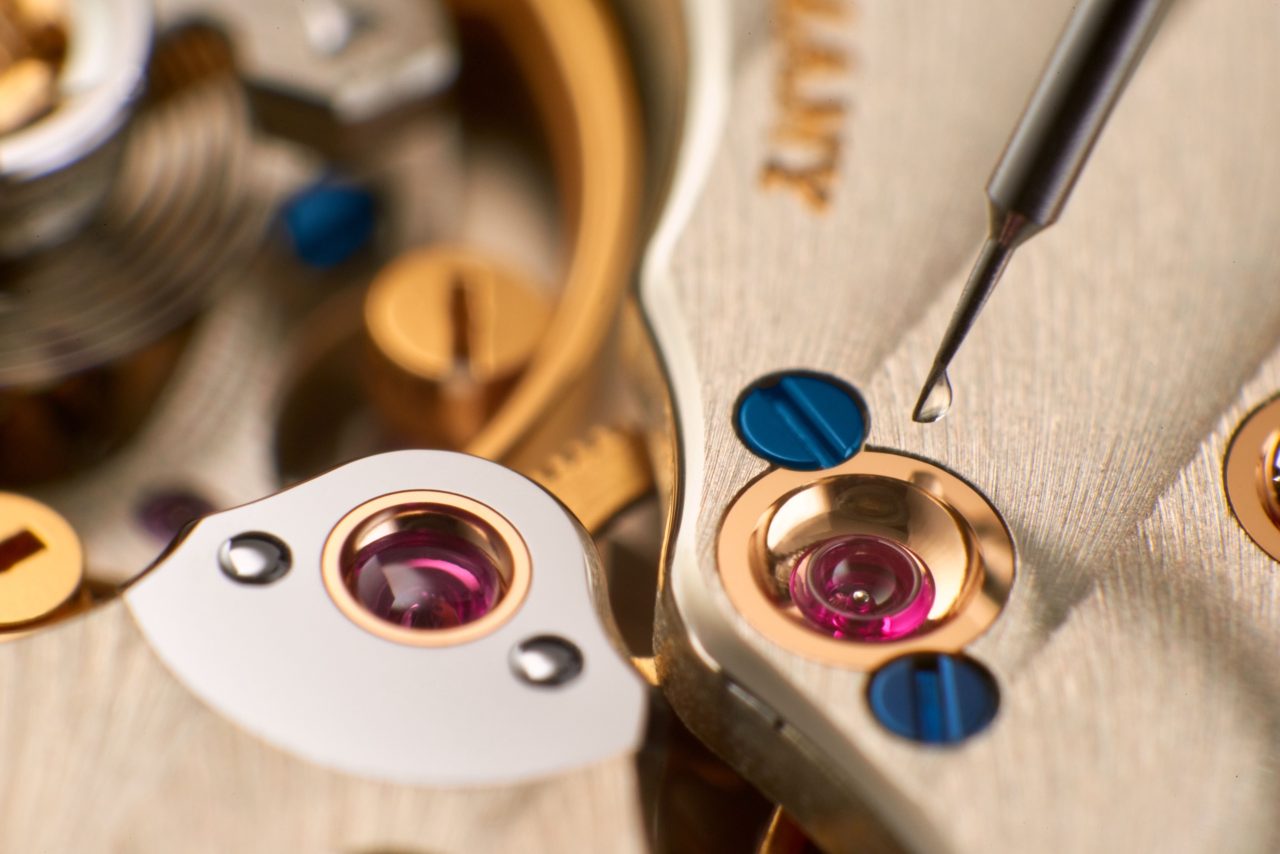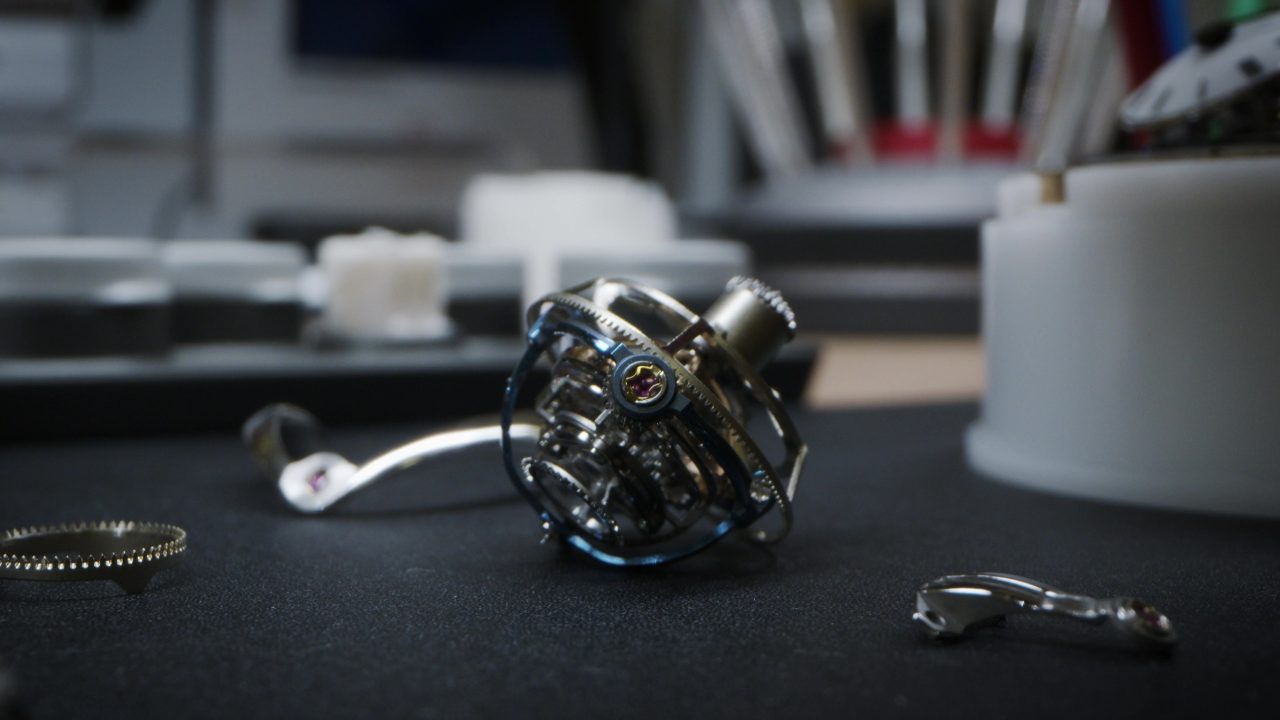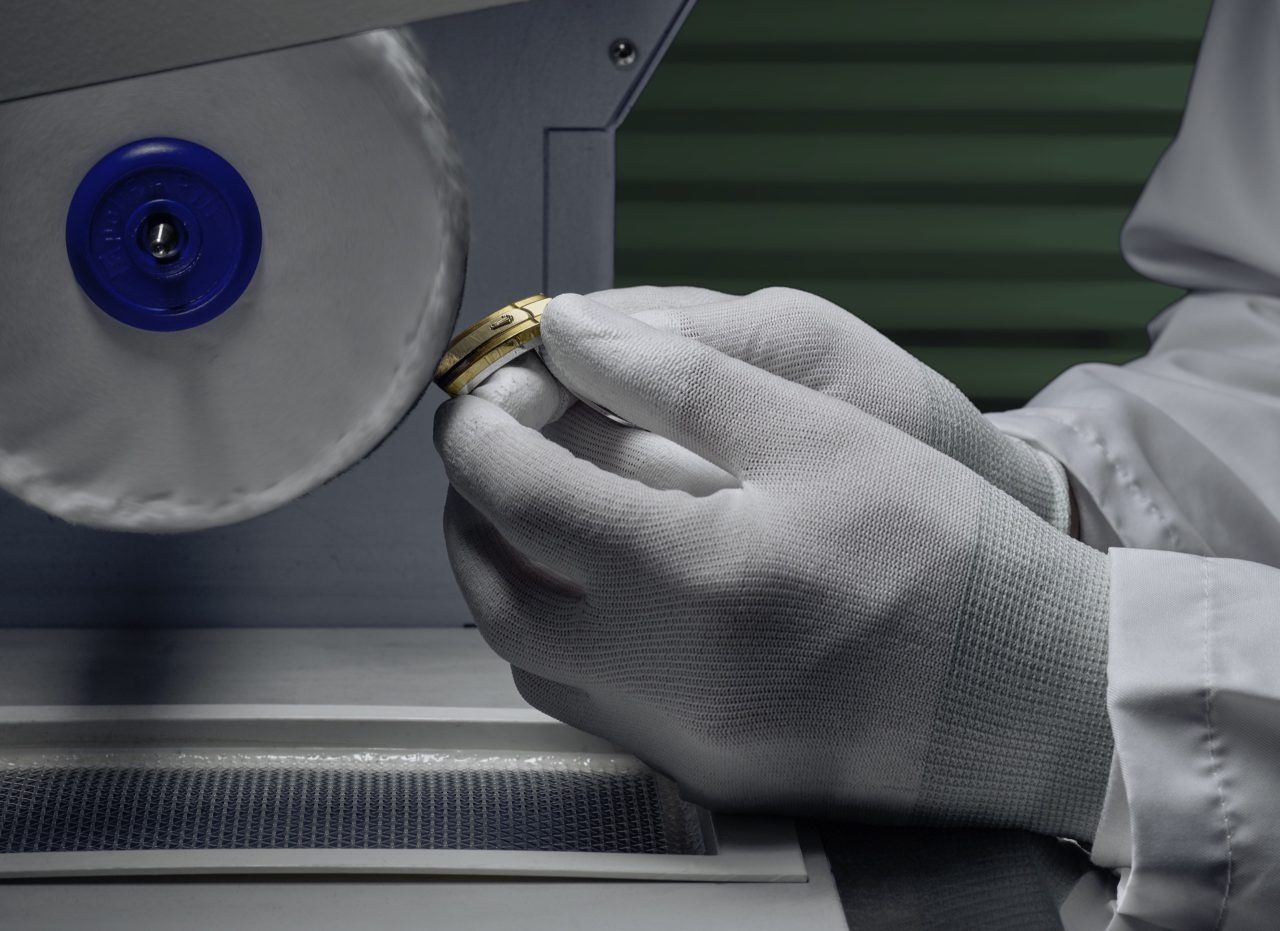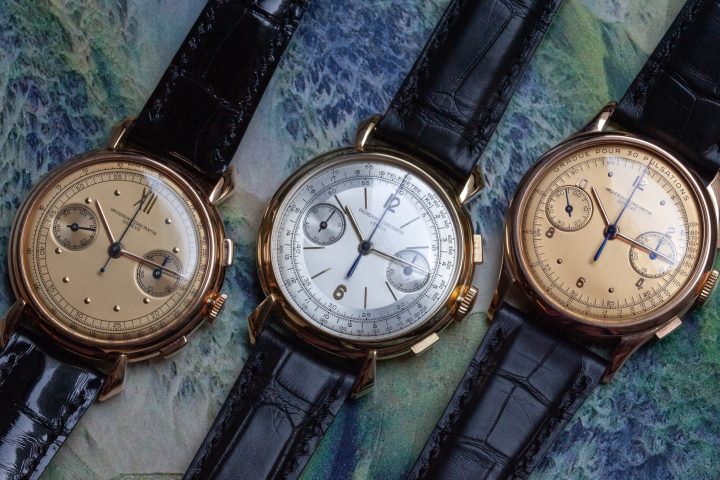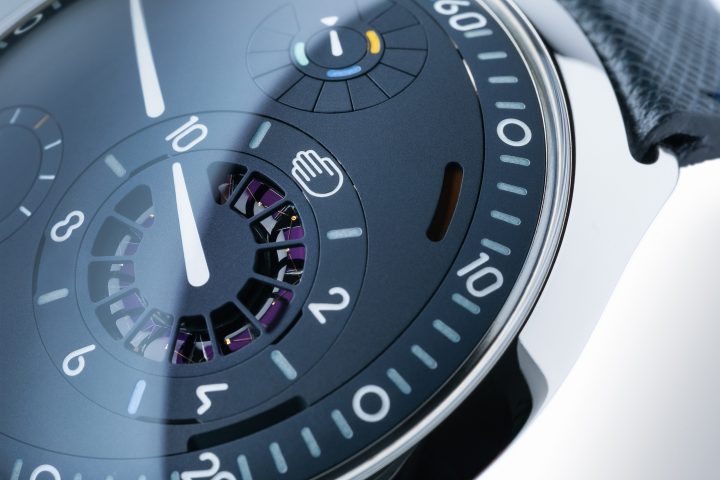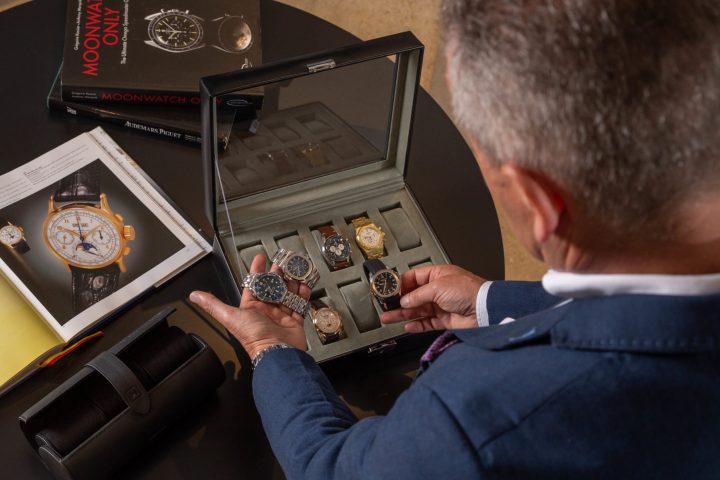Regular maintenance is essential for any machine that has mechanical components. Automobiles and aeroplanes that are subjected to regular checkups and services to prevent inadvertent mechanical failures, watches too, need periodic servicing to ensure they function optimally in the long term. You will almost certainly have been told by your sales advisor that you need to bring the watch in on a regular basis, with little indication of what the service department might actually do with your precious timepiece. And there is also little doubt you will have raised an eyebrow or two when receiving the initial quotation from the said service department, even if your watch is within its warranty period. Let’s dive into some of the rationale for this servicing, and how you might optimise the intervals for your own collection.

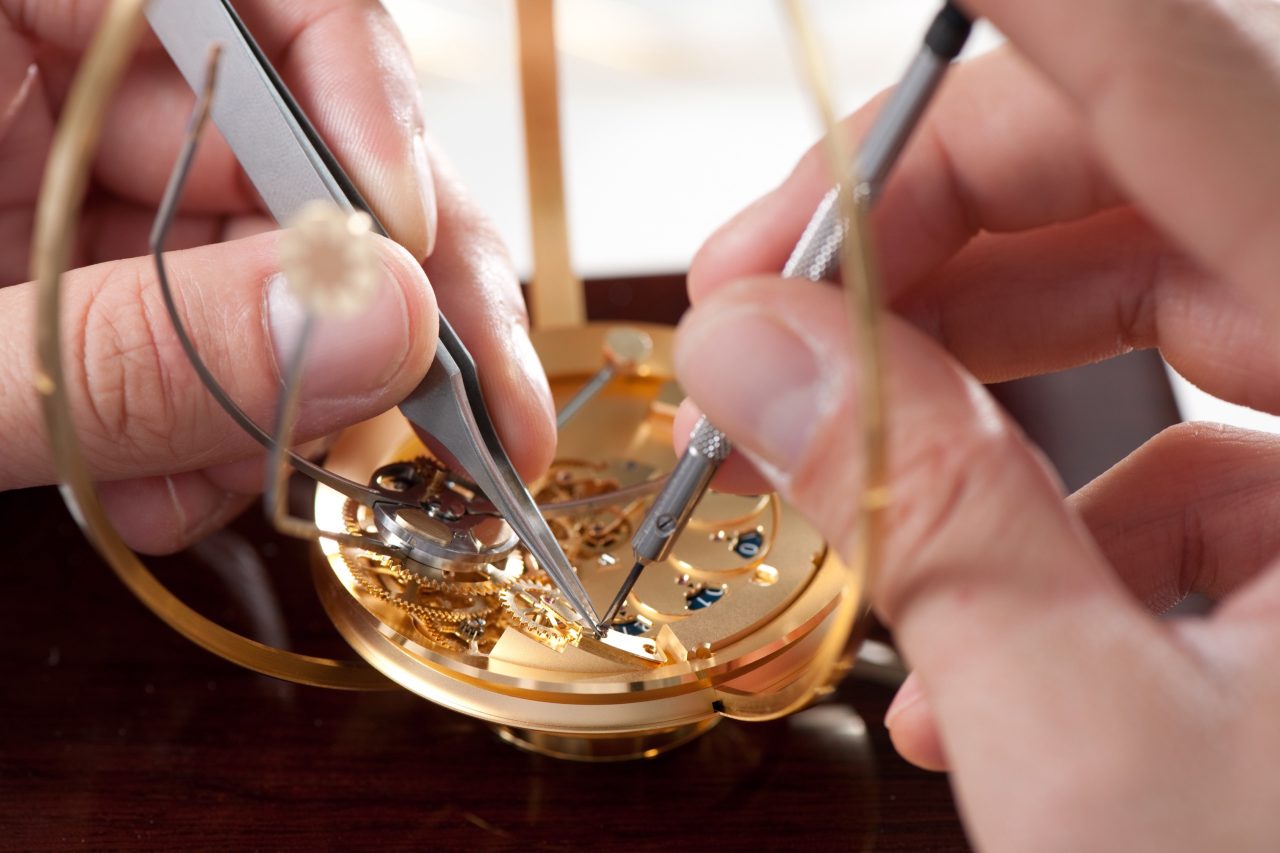
Maintenance of a high complication is an important aspect of ensuring its longevity. (© Ulysse Nardin)
The main factor that every watch, be it mechanical or quartz (beyond the battery), needs to contend with is that wear and tear on the moving parts. Even though modern manufacturing techniques have kept improving with fabricating parts more precisely than ever, and lowering the energy lost with finer tolerance between parts, lubrication is necessary to ensure that the parts do not wear out prematurely, and also to reduce the friction and thus the energy consumption. Friction naturally comes with the contact between components and it accumulates with the number of contacting surface areas and parts, thus affecting the efficiency of energy. Reducing friction is still one of the greatest challenges for watchmakers, for which inventions, though not so often, do come around to tackle this problem, such as the ingenious co-axial escapement by George Daniel, or, if we go into more experimental approaches, Cartier’s ID Two, devised by Carole Forestier Kasapi, which not only sought to use materials with a reduced friction coefficient, but also maintained a vacuum within the watch to eliminate air friction.
Another relatively common reason for service is fatigue failure, as this applies to any kind of metal-made spring mechanism that stores and releases energy through the change of shape. The mainspring and the balance spring are some of the obvious components in a movement, followed by some interestingly designed mechanisms such as the Resonance Clutch Spring from Armin Storm. The process of storing and depleting the energy by stretching and deforming metal would consequently put the parts under tension and stress, which then causes them to lose their performance, or even fracture in some serious cases. Although modern alloys have surely extended the mileage of these components compared to centuries ago, their lifespan is still finite due to their physical property. We can also extend this thinking to consider parts that are consumables, like water and dust resistance gaskets or the anti-reflective coating on a crystal, which naturally wear out over time and do need to be replaced.
Realistically speaking, it would be difficult to keep track of the condition of every watch in a collection unless they are equipped with an uptime / oil change indicator like the one on the Urwerk UR-220 (which, incidentally, does track how long the watch has actually been operating). To wishfully think that the watch is running just fine, and postpone the already due service unless it begins to show signs of malfunction, or in the worse case until it stops running, could be more detrimental to the watch, likely leading to more significant expense.
While a servicing covers the jobs of overhaul, oiling, and the replacement of parts, the time and cost are usually correlated to the complication of the watch; a minute repeater would definitely need more time and attention than a time-only watch for not only the complexity of the service involved, but also the availability of qualified watchmakers to do the job right. While larger brands are able to maintain dedicated service centres around the world, the complexity of some of the higher mechanical complications requires certified watchmakers that are more likely to be based at the manufacture’s headquarter. It would be remiss to think of any servicing as trivial, for it is no less of a challenge to investigate a potential issue than it is to assemble to watch in the first place. With it comes an inherent cost, which may sometimes seem to be logarithmically linked with the initial price of the watch, not to mention the time involved, especially if the watch needs to be sent back.
That said, it is natural for any customer to take a close look at an initial quotation and to ask relevant questions as to whether each and every part of the intervention is truly a necessity. Communication is also crucial before any servicing takes place, so be mindful of accurately addressing the purpose of servicing when dropping off a watch. Whether you wish for just a movement overhaul, or to perform certain cosmetic touch ups that involves replacing certain parts. Watch hands and dials in particular are a sensitive topic, especially on vintage watches, where it might not be possible to even replace like for like (for example, with tritium was used as a luminous material, which is no longer allowed). Polishing is also a very delicate topic, relative to the inherent value of a watch; there is definitely a premium placed on vintage watches that have been left untouched, to the point of giving more eloquent terms to their aged components, for example, tropical dials, that have changed colour, even though it is highly unlikely that this is what the brand had intended in the first place.
With that in mind, it might be better to avoid servicing vintage references with their respective manufacturer, as they might mandate service parts replacement that will strip away the desirable patina and historical value, there are also upsides to bringing some of the recent collectible references to their respective maisons, as there maybe movement updates or parts replacements to improve the reliability of watches (such as the Patek Philippe 5004 that underwent two updates on the rattrapante module), which would be difficult to obtain outside the official channels for the service.
Ultimately, the decisions related to watch servicing remain very personal. Beyond the expense of regular maintenance, and the associated period of time for said servicing, which can stretch to weeks or even months depending on the complexity, there is the assurance that the watch is cared for properly and will continue to be a valued part of the collection for many, many years to come.
